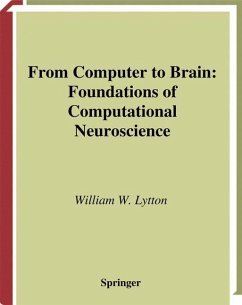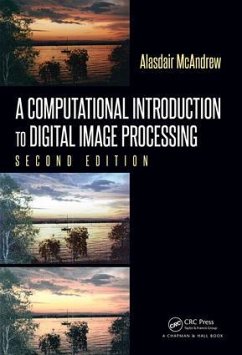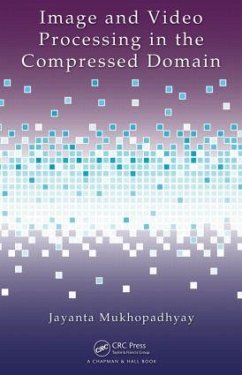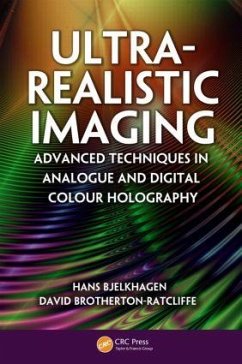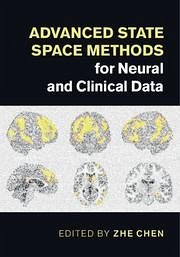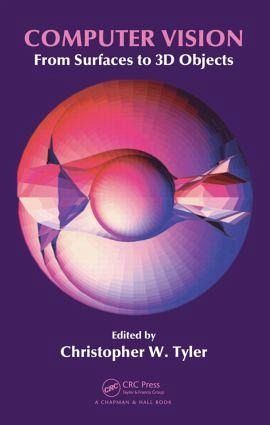
Computer Vision
From Surfaces to 3D Objects
Herausgeber: Tyler, Christopher W
Versandkostenfrei!
Versandfertig in über 4 Wochen
136,99 €
inkl. MwSt.

PAYBACK Punkte
68 °P sammeln!
"Computer Vision: From Surfaces to 3D Objects is the first book to take a full approach to the challenging issue of vertical 3D object representation. It introduces mathematical and conceptual advances that offer an unprecedented framework for analyzing the complex scene structure of the world. Leading theorists cover full 3D scene reconstruction, instead of the simplistic 2D planar algorithms employed in the past. They explore cutting-edge research on computational algorithms for scene analysis and present an integrated, complementary treatment of neural, behavioral, mathematical, and computa...
"Computer Vision: From Surfaces to 3D Objects is the first book to take a full approach to the challenging issue of vertical 3D object representation. It introduces mathematical and conceptual advances that offer an unprecedented framework for analyzing the complex scene structure of the world. Leading theorists cover full 3D scene reconstruction, instead of the simplistic 2D planar algorithms employed in the past. They explore cutting-edge research on computational algorithms for scene analysis and present an integrated, complementary treatment of neural, behavioral, mathematical, and computational approaches. The text includes numerous graphics of complex processes, with many in color"--Provided by publisher.



